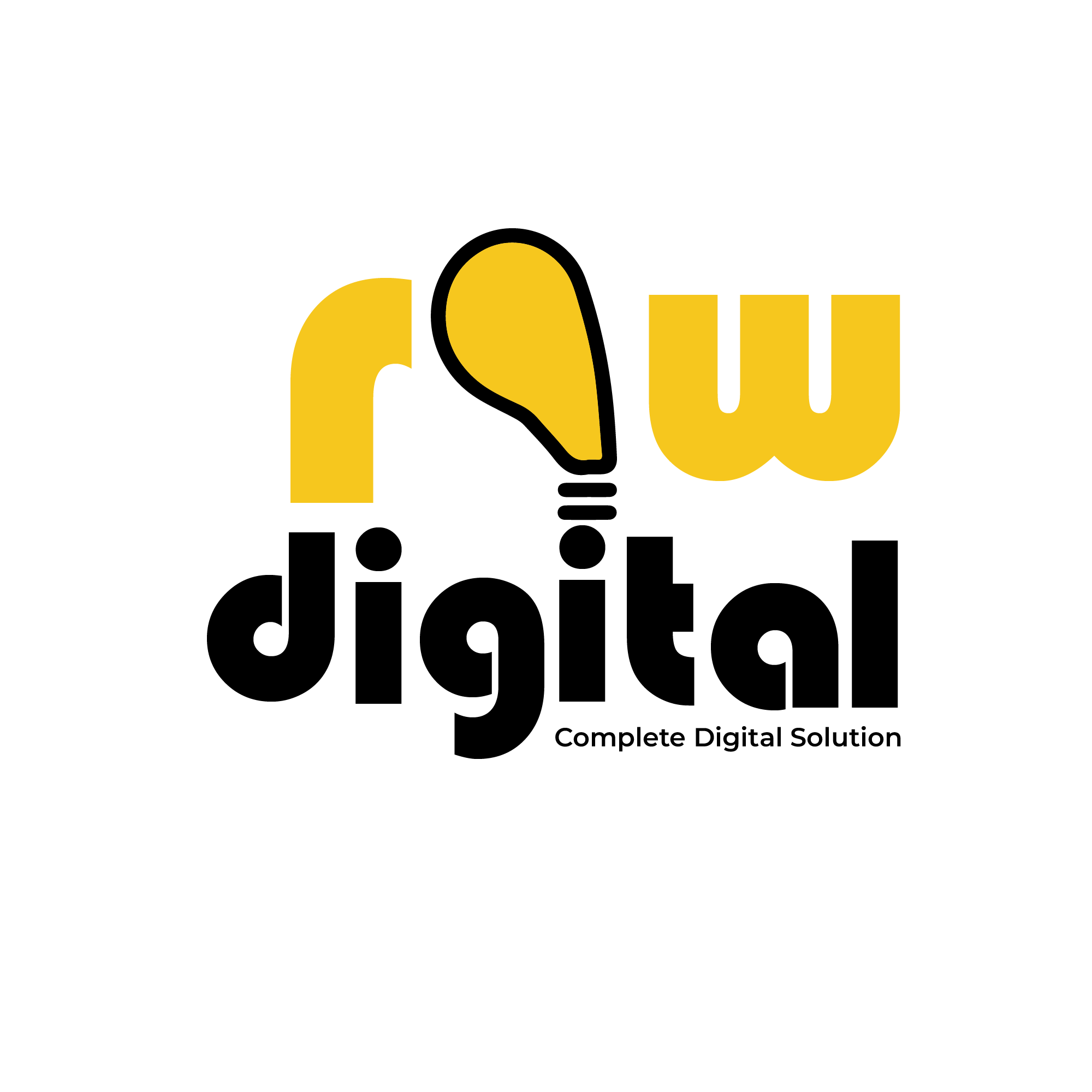Since all firms are now supposed to manage the digital economy advantageously, they must have their marketing plans designed in such a way that they would be accountable, measurable, and impactful to maximize their return on investment (ROI) using their performance marketing. Performance marketing is a strong methodology that needs focused results instead of speculation.
What is “performance marketing,” and how can the business make use of such a model? This guide digs into all the essentials surrounding performance marketing: the specificity of its advantages and how it can roll out for success in measured implementations.
What Is Performance Marketing?
Performance marketing is termed as a data-driven online advertising model in which advertisers pay only when one of the agreed-upon actions occurs. Such actions include clicks, leads, sales, downloads, or any feasible action. Unlike traditional advertising, which mainly refers to broader visibility and impressionists, performance marketing really is focused on results.
This includes different online channels like search engines, social media, affiliates, and even programmatic packing.
Key Components of Performance Marketing
1.Pay-for-Performance Model
When using performance marketing, one will find the cost model based on the performance. Common pricing models that exist are the following:
- Cost Per Click: Payment for every click on an advertisement
- Cost Per Action: The payment of a sale or lead performance is called cost per action.
- Cost Per Mile: Cost per thousand paid by advertiser for a thousand impressions.
- Cost per lead: Payment for each lead generated.
2.Data Analytics
Data analytics is very important. When considered from the advertising point of view, performance marketing is more about proof data analytics through which each action is routed through either partner websites or through paid search. Advertisers and marketers combine Google Analytics or social media insight to see their performance in real time and then optimize the campaign for the greatest ROI.
3.Promotion
Advertising for the specifically selected target audience will be designed and tailored around the demographic profile, interests, behaviours, and online transactions of that audience. That is how the targeted approach will drive better engagement and conversion rates.
4.Many Channels
Performance marketing will be diverse regarding the different platforms it employs, namely:
- Search Engine Marketing (SEM): Paid search engine ads like Google.
- Social Media Advertising: Campaigns like Facebook, Instagram, LinkedIn, and all other social platforms such as TikTok.
- Affiliate Marketing: Teaming up with publishers to drive participants in order to sell your product or service for a predefined commission.
- Native Advertising: Ads disguised to look like content within websites or platforms.
Performance Marketing Benefits
1.Result Monitoring
The performance marketing will offer a specific measurement to the business to judge how successful their campaigns have been so that they can later define new data-based decisions concerning their marketing approach.
2.Cost-Efficient
By the pay-on-performance basis, the organizations are only charged according to the activities they want, and hence the expenditures are very much minimized in their budgets.
3.Real-Time Optimization
Advertisers can modify their campaigns on the go using live data analysis for optimal performance and decreased waste.
4.Maximize ROI
What this means is that all efforts are ROI-centric, primarily focusing on conversion, which results in business growth and better ROI.
Conclusion
Performance marketing is like having a personal trainer for your business campaigns. It is focused, results-driven, and adaptable.Understand this technique has made digital advertising less intimidating and more fascinating for me. Setting goals, selecting platforms, and monitoring performance are key.
It won’t scare performance marketing beginners. Start small, try, and learn. You’ll soon discover how this method can improve your audience engagement and business goals.









